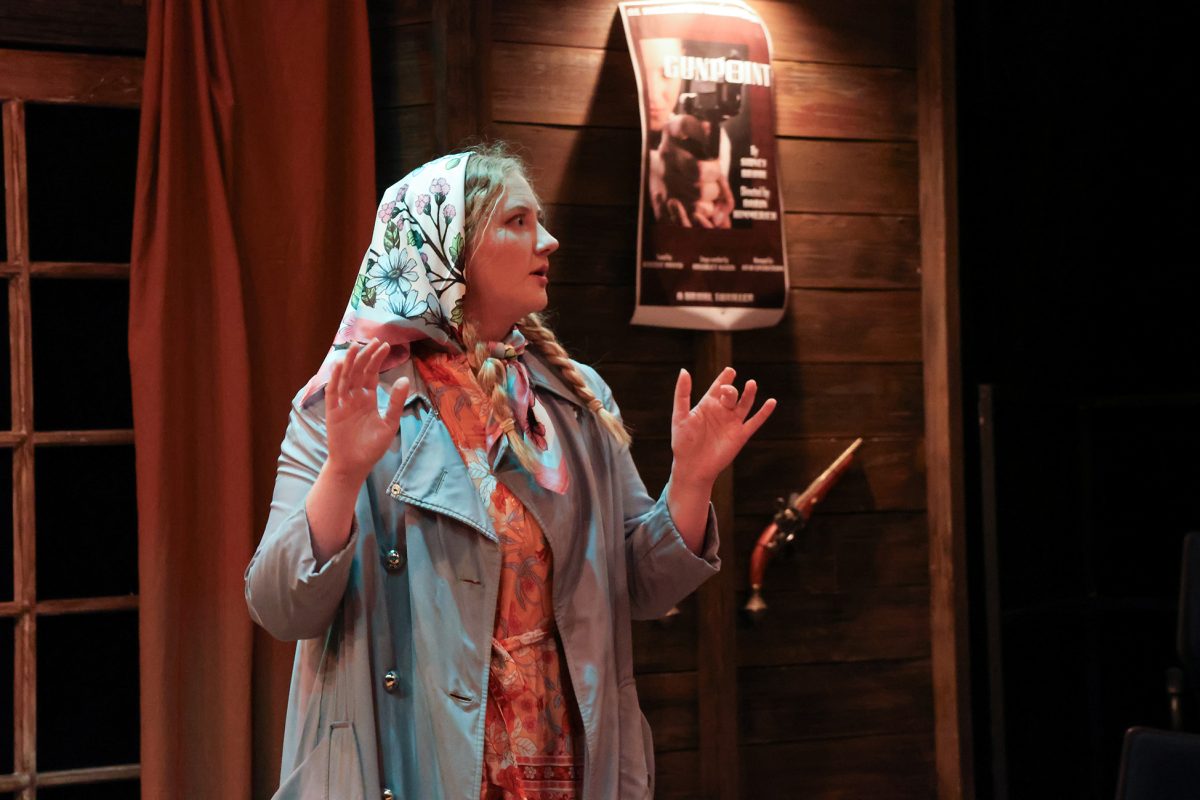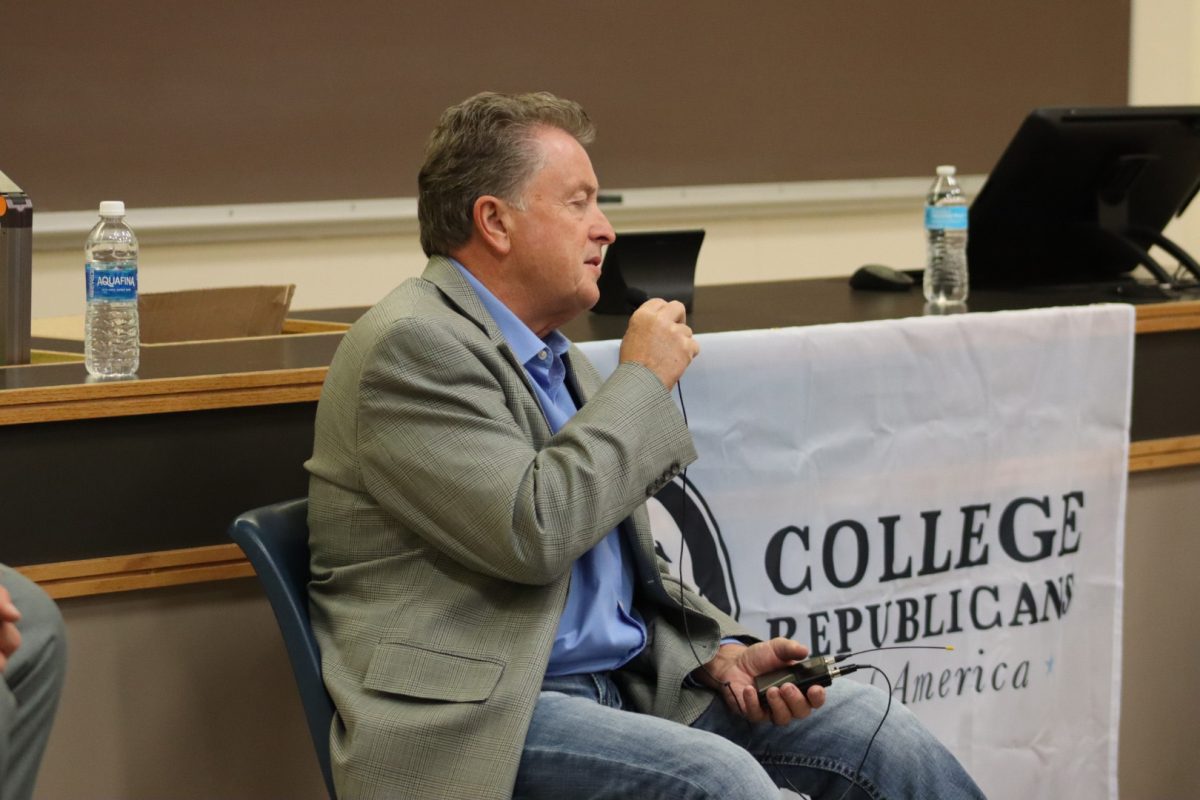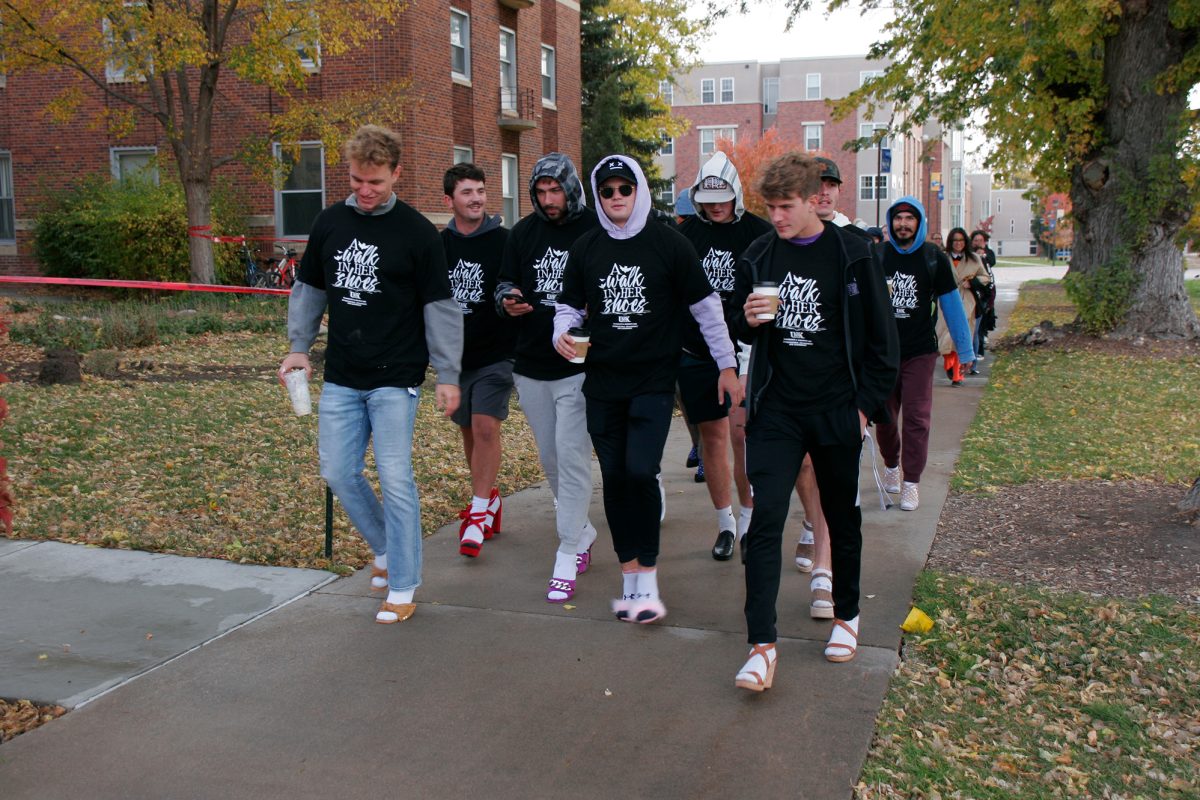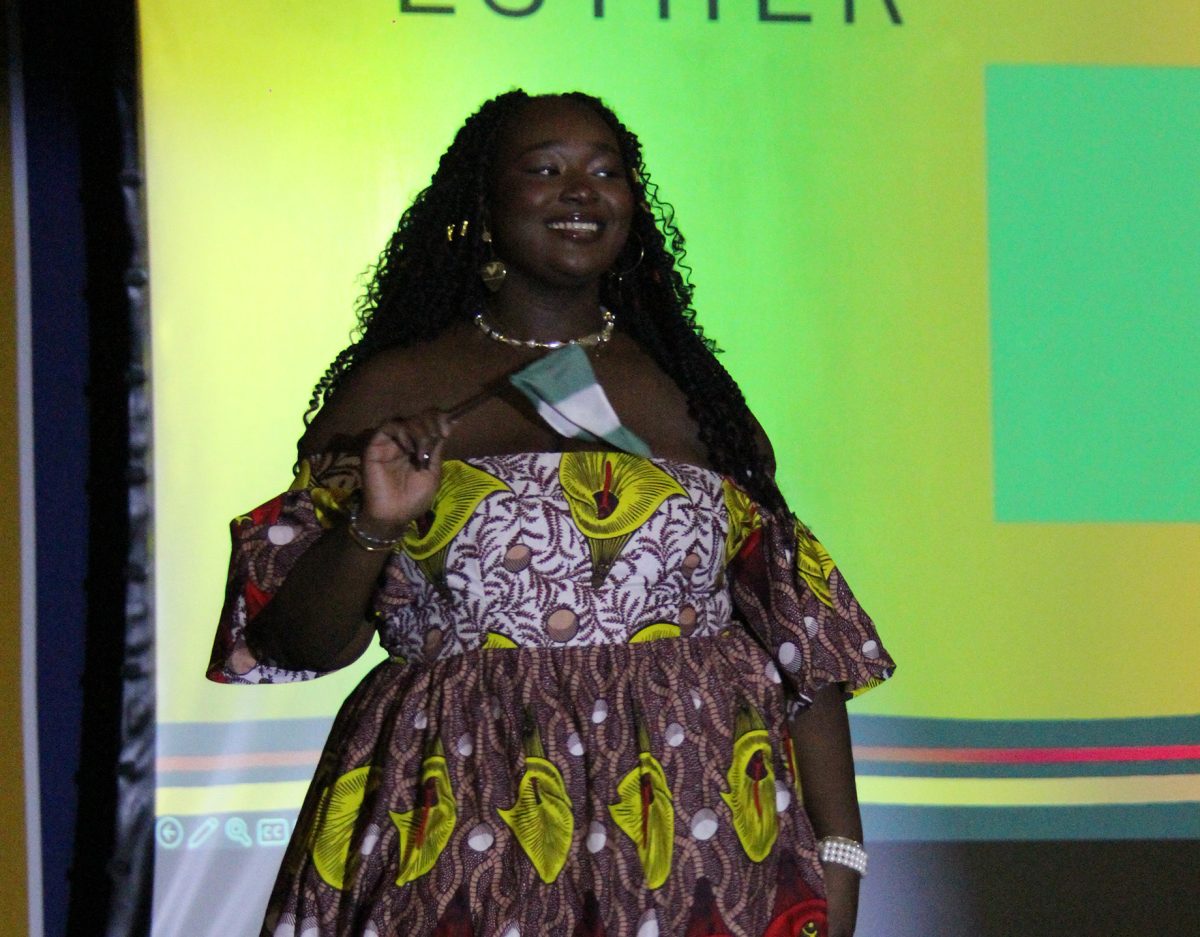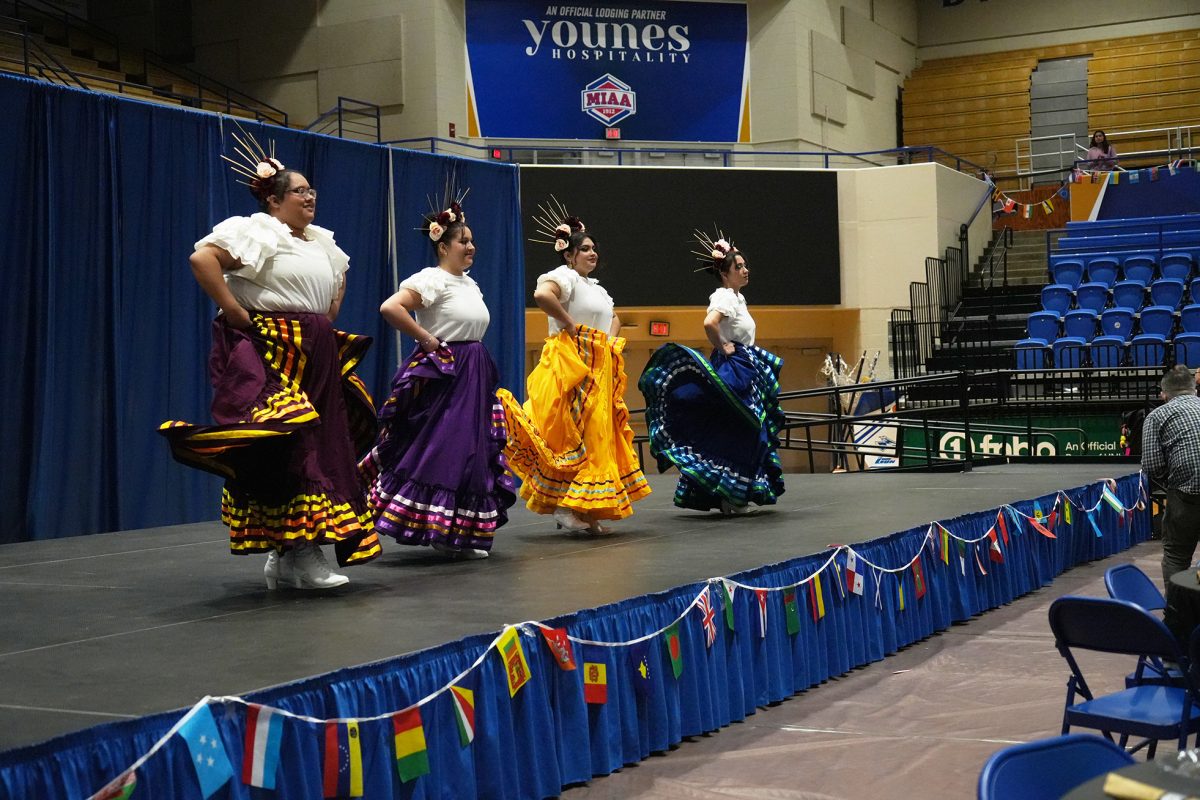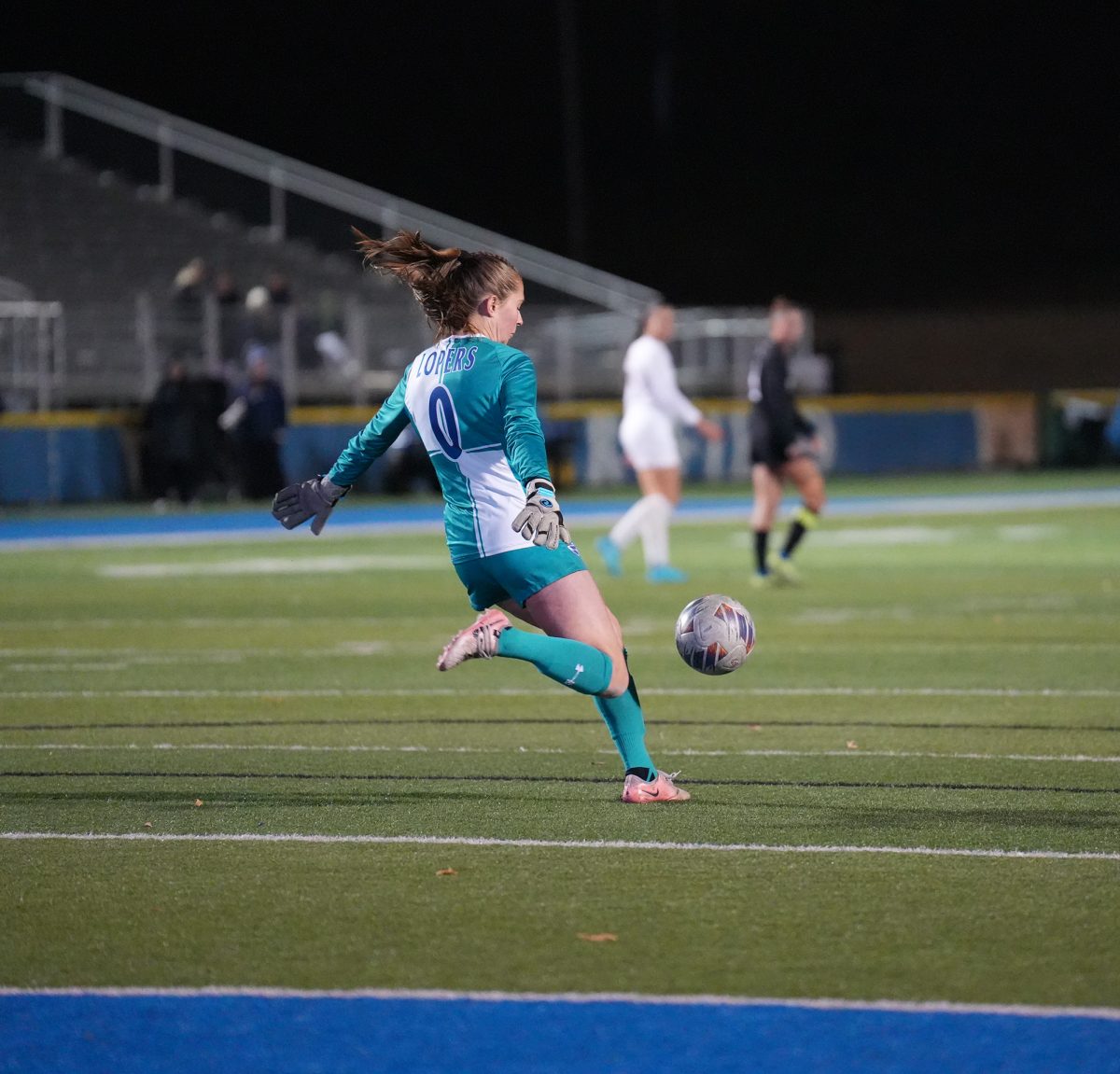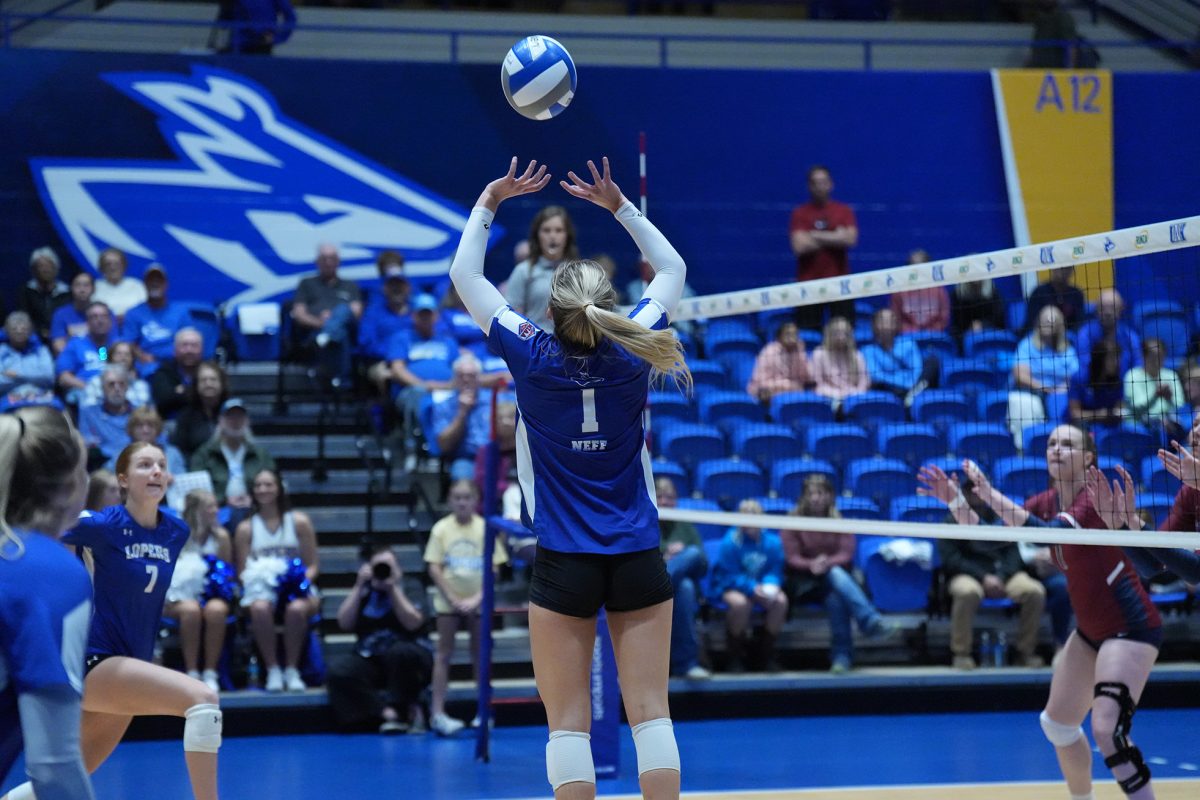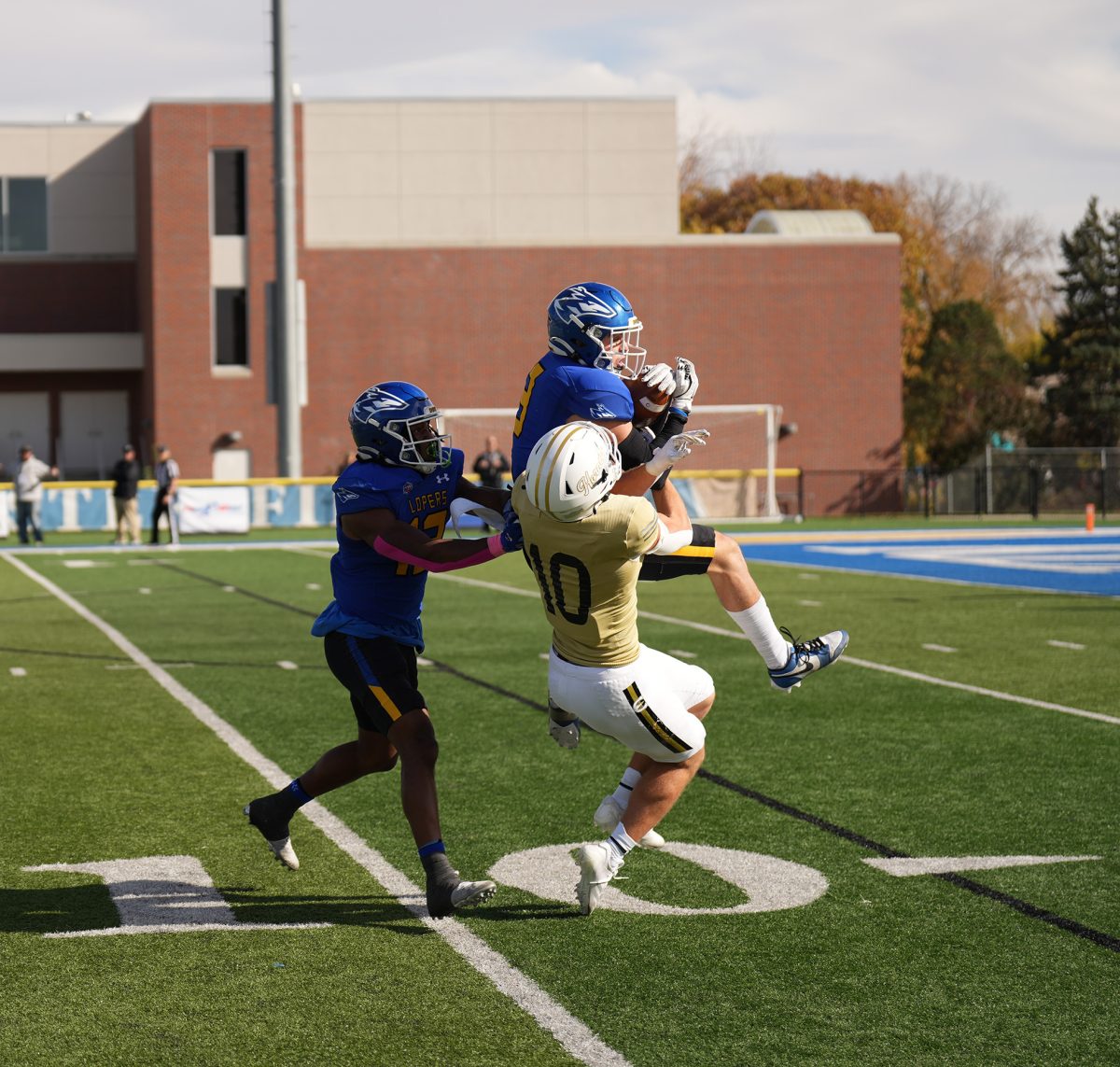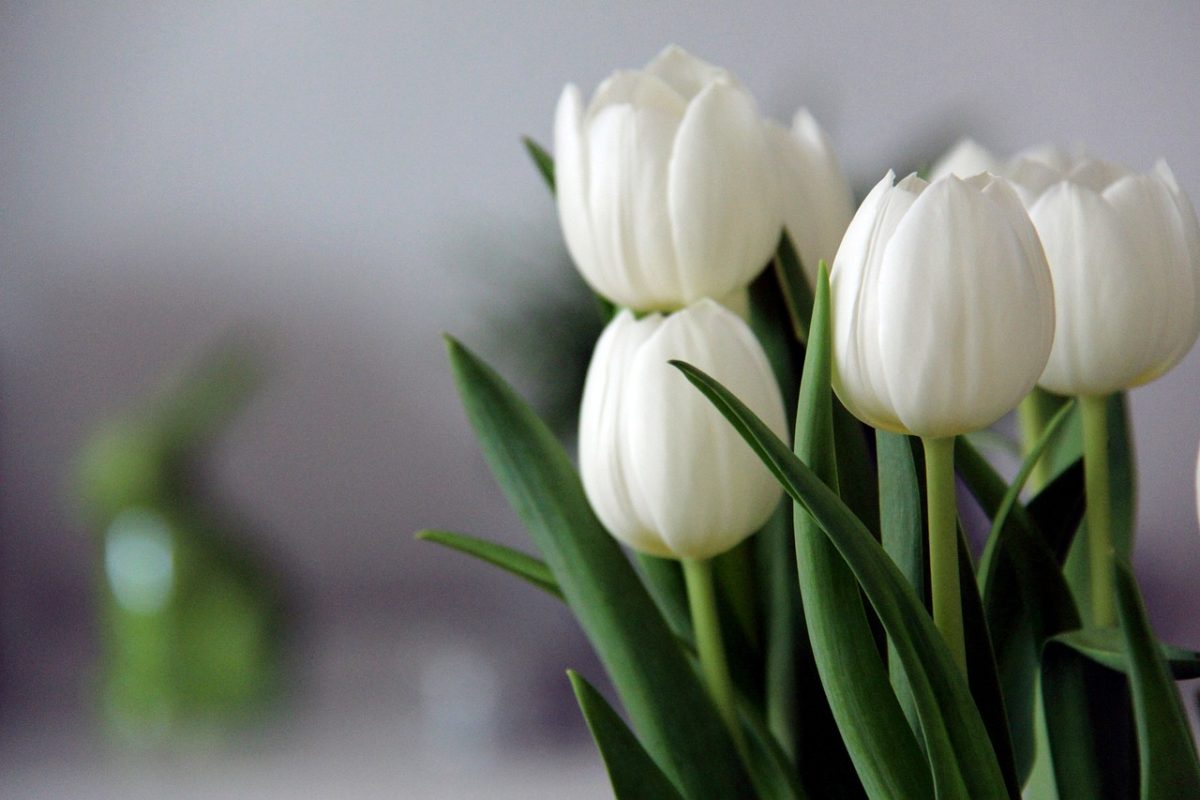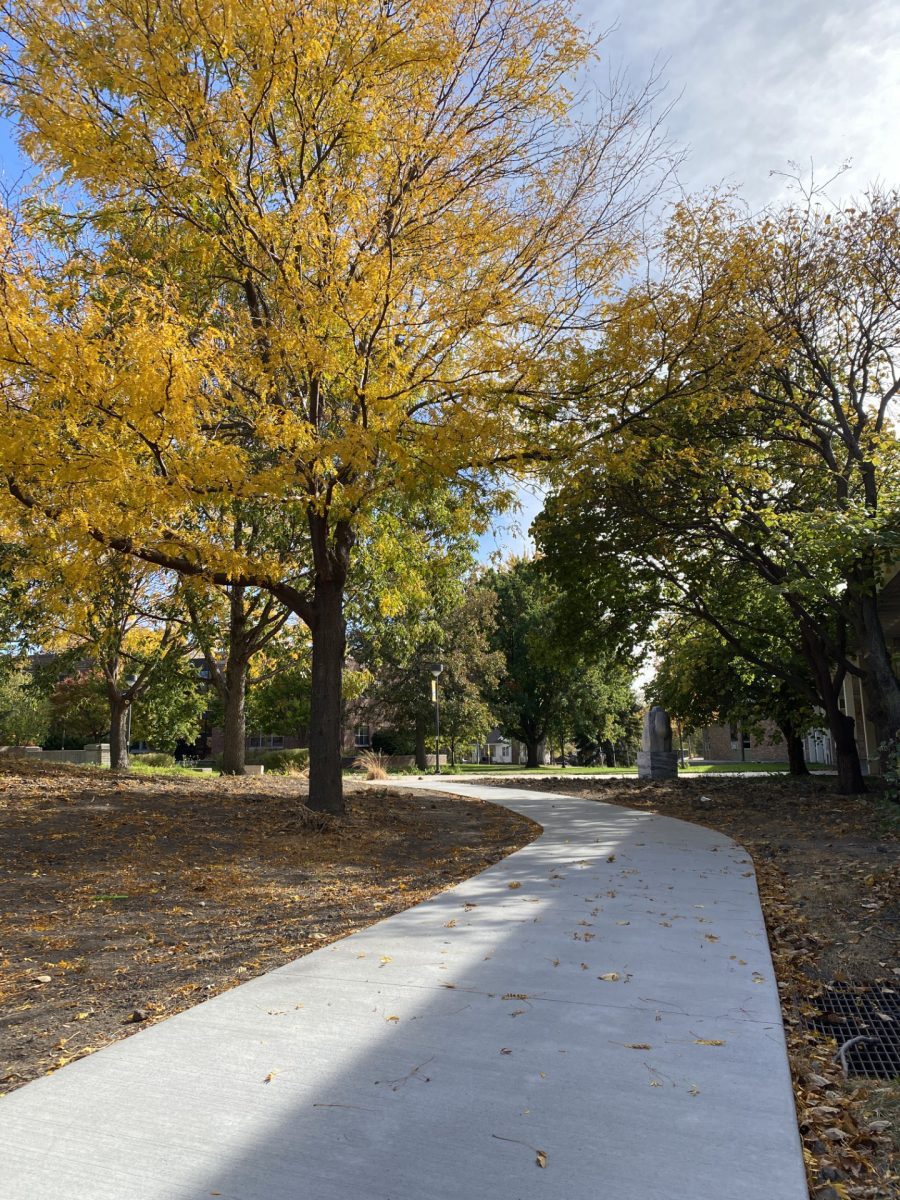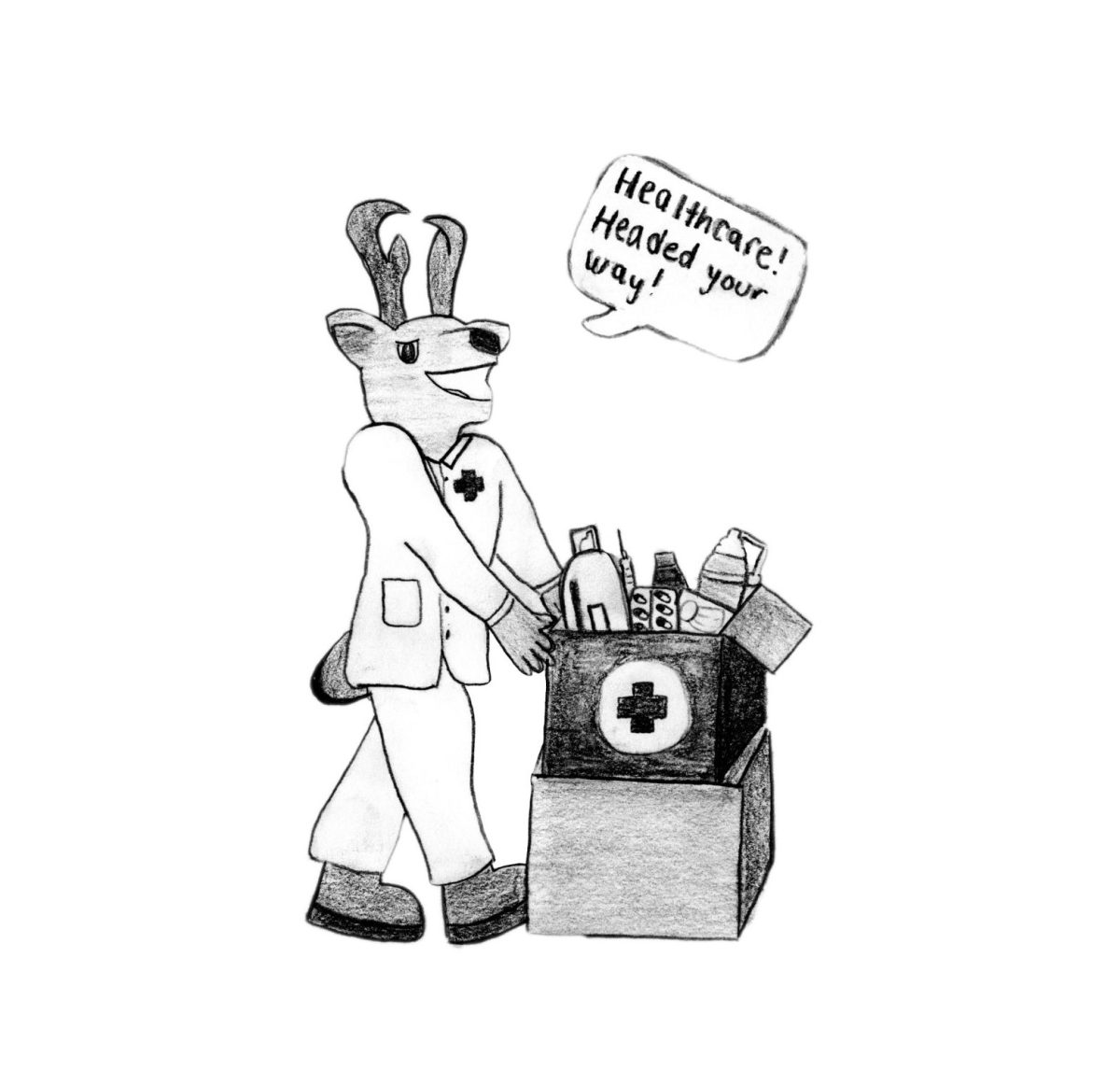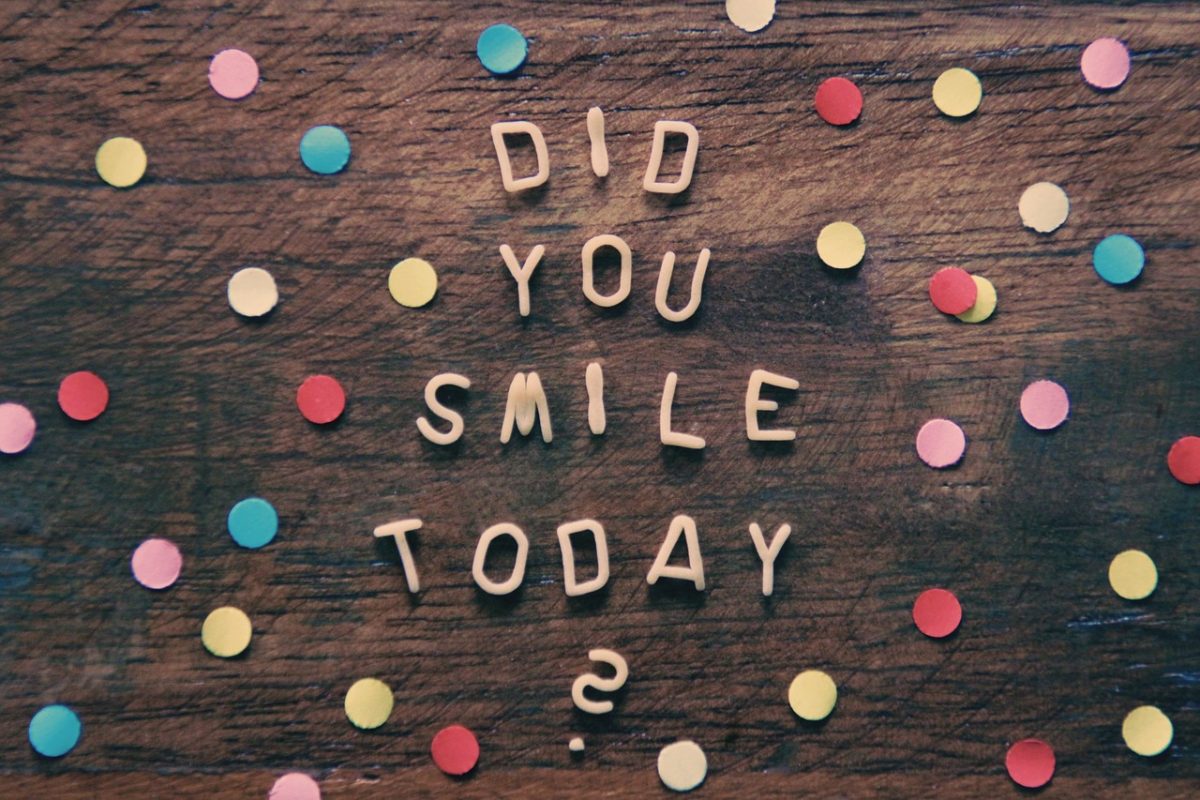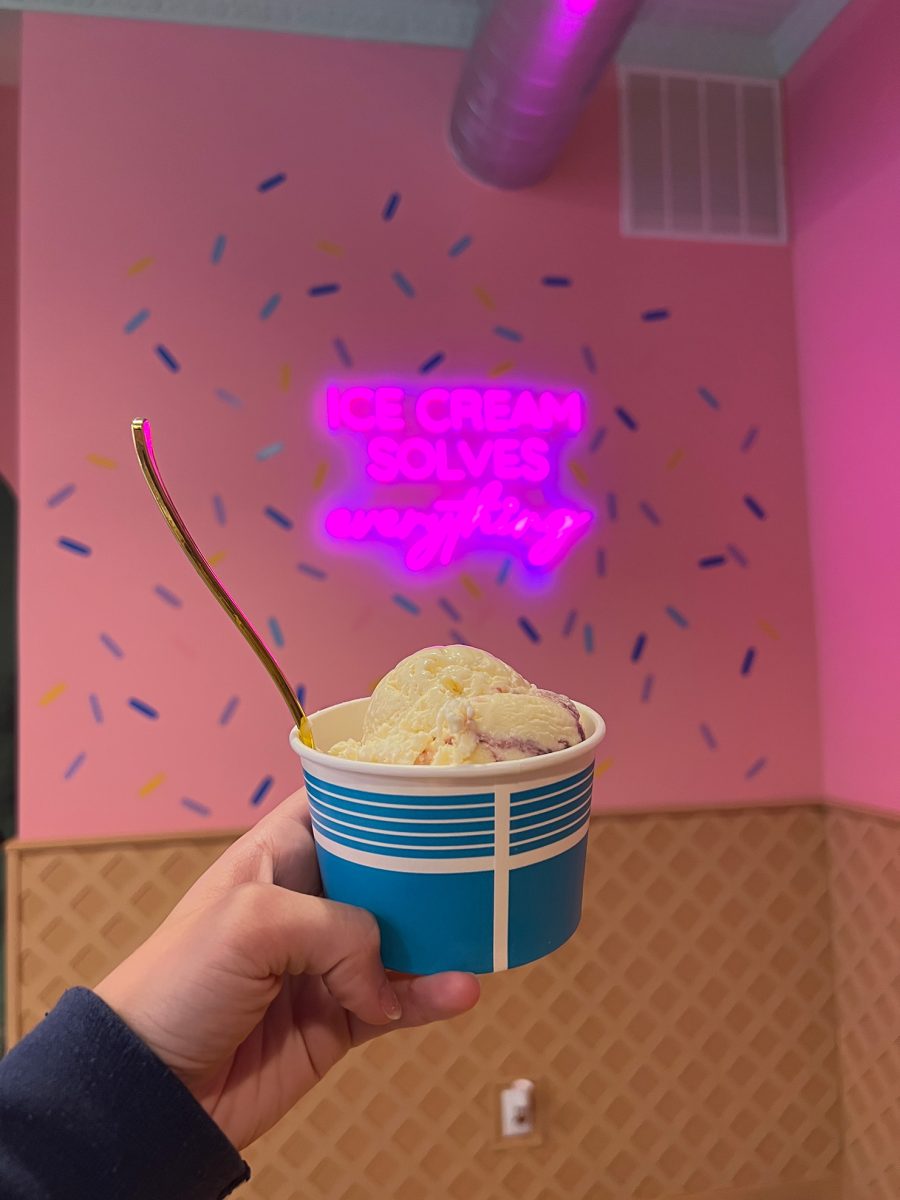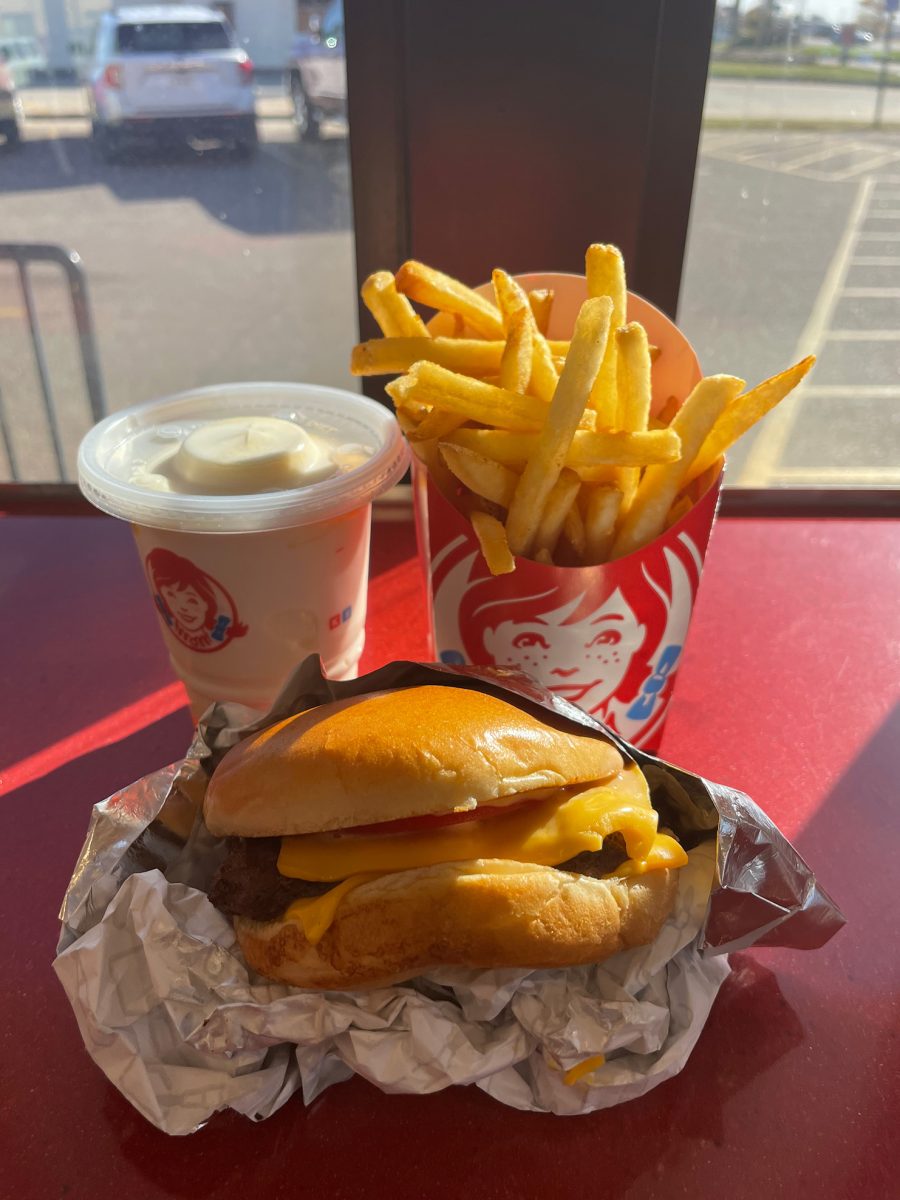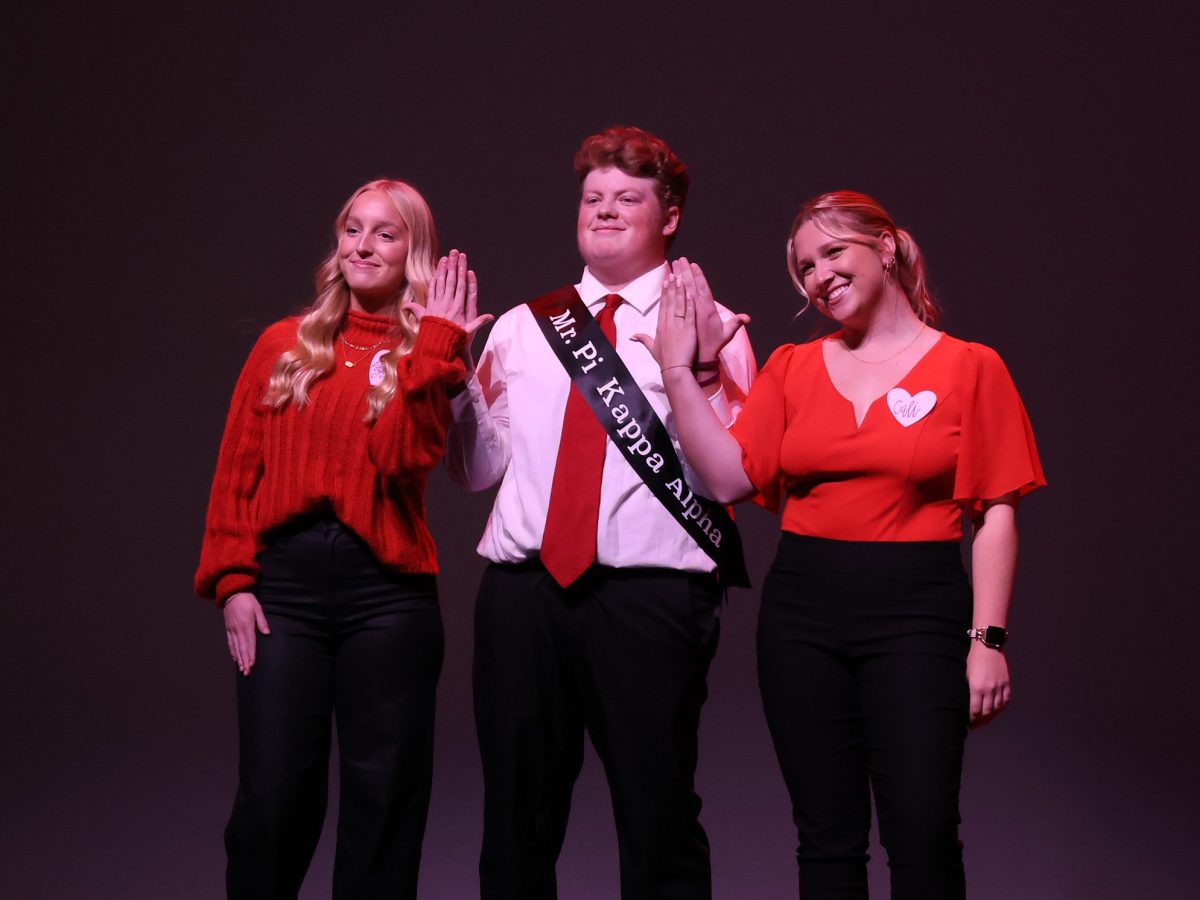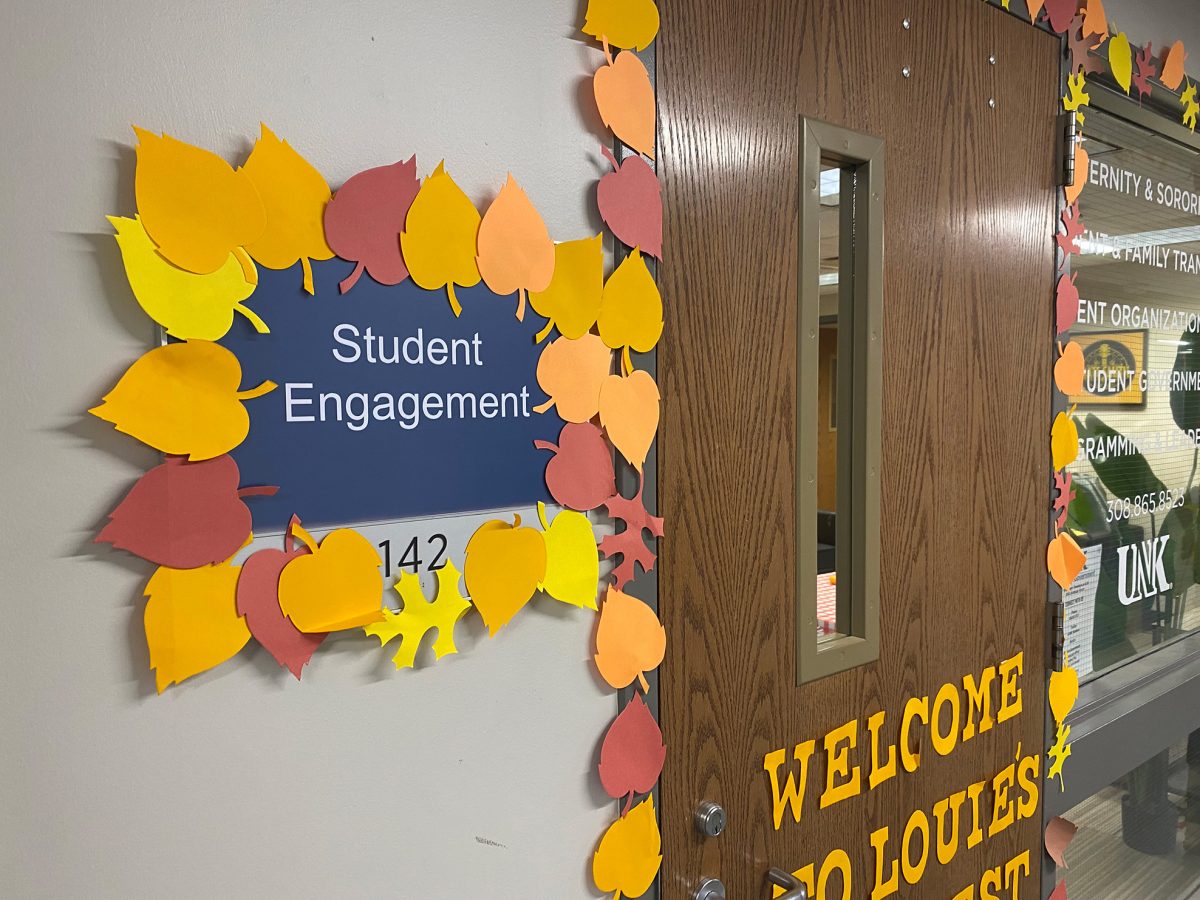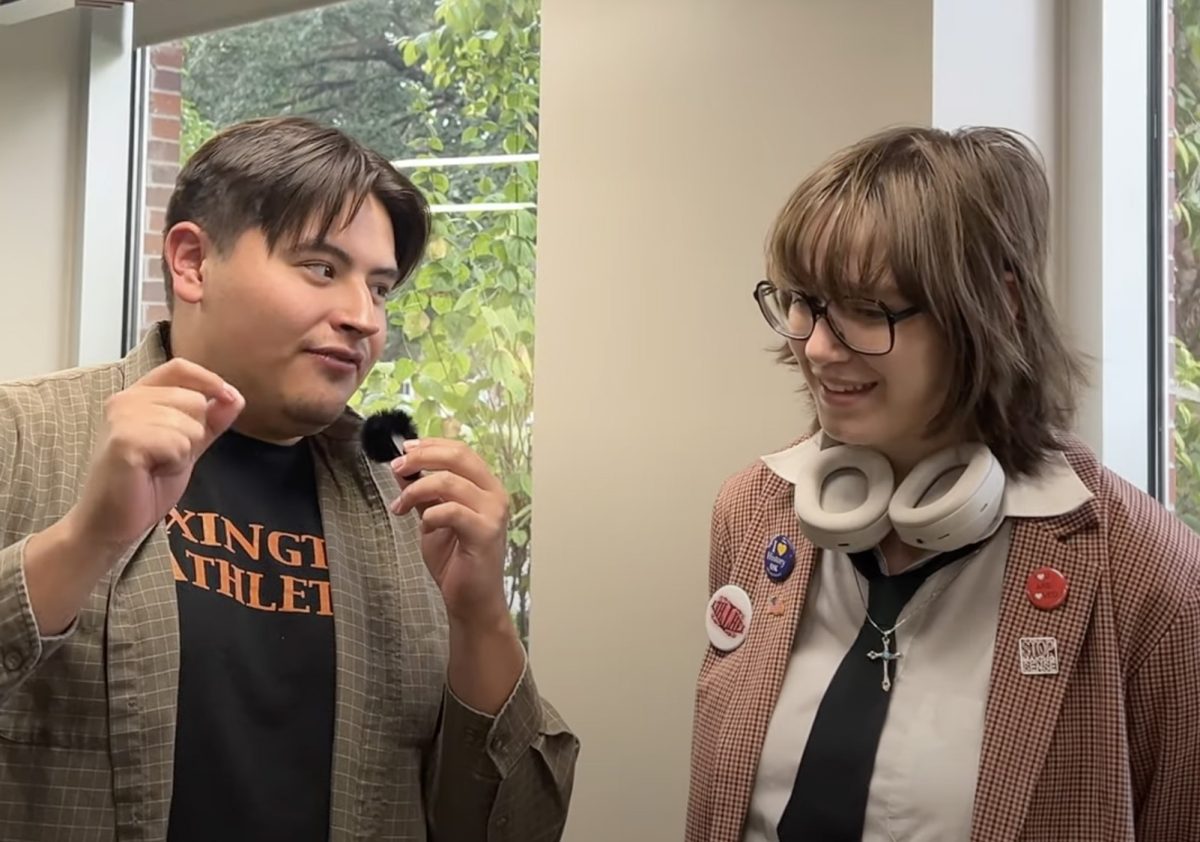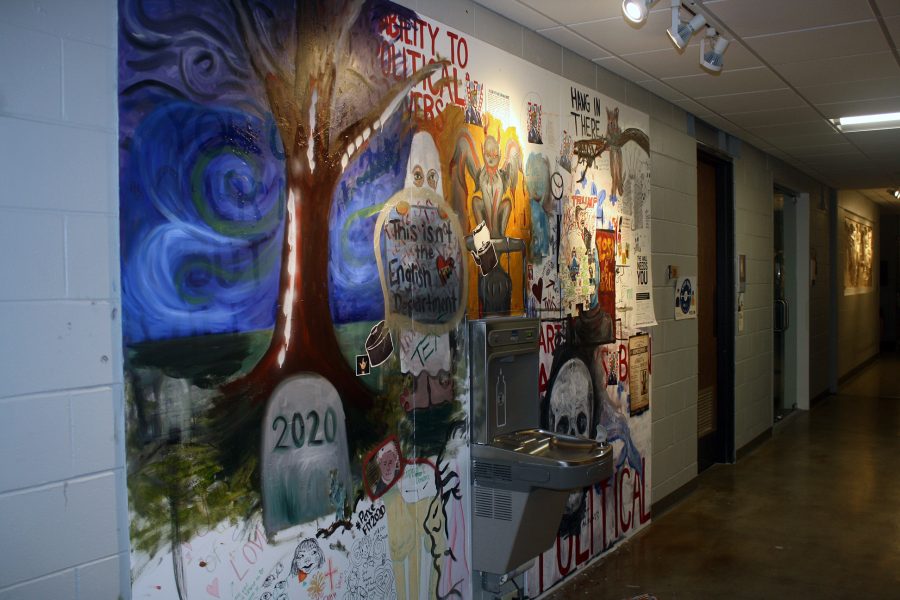liermanm2@lopers.unk.edu
In the most contested political season in recent memory, tensions rose and spilled into the world beyond national television. In the art wing hallway inside the Fine Arts Building, that struggle was at the forefront of a dialogue about politics, vandalism and the nature of art between individual students and faculty alike.
The battle was encapsulated on the Art Department’s wall for student graffiti.
“A lot of the conversation that was happening around the wall both between students and faculty was this kind of back and forth that was happening,” said Samuel Rapien, an assistant professor of visual communication and design. “Certain work was getting defaced — although I challenge the term defaced — just because the intention of the wall was always to continually adapt and evolve. Things would always have that possibility of getting painted over, but I think some of the stuff that was happening was more retaliatory than anything.”
In early September, Hallie Snyder, an art education major, added the original “BLM” messaging to the wall. This message was soon followed by a thin blue line flag with “Support Cops” written around it by Jade DeVorss. This message was edited by Snyder to read “Support Bail Funds / Defund the Cops,” which prompted a second edit from DeVorss in response that read “Support Each Other / Fund the Cops.”
At this point, the self titled “BLM squad” decided to cover the area with black paint, accompanied by an image of a pig of a spit and the words “No Racism Allowed on this Wall.” However, the smudge covering the original police flag was smeared into the likeness of a phallic image, which was covered up with white paint shortly after by DeVorss.
This defacement prompted an explosive day of work from supporters of the Black Lives Matter movement.
“That was the day that everything hit me about the whole movement,” said Riley Rodgers, a student of color in the art program. “I got some painting supplies from [the Office of Diversity and Inclusion] because I told him [Luis Olivas], ‘Hey, I’m going to put up a Black Lives Matter piece in the art department.’”
Rodgers, along with his friends, began working on a project including the faces and names of victims of police violence. The project also encompassed a crowd of shadowy black figures holding picket signs, an idea that Rodgers says was influenced by DeVorss — the originator of the “Support Cops” messaging that set the events into motion.
When the Black Lives Matter supporters left for class, DeVorss took things in another direction, Rodgers said.
“There was a girl there helping me kind of put everything together,” Rodgers said. “She was the one that painted white over the smears around like 8:30 a.m. so I could do all my stuff. Once I got back from class, my friend that stayed out in the hallway saw that she was putting back up the ‘Support Cops.’”
To Rodgers, it felt like DeVorss failed to read the room.
“To me It felt like getting spat on,” Rodgers said. “It felt like she intentionally didn’t read the room and just put it up right above that everything else we had done.”
At this point, Rodgers said, that he broke the wall’s rules.
“The rules say don’t deface,” Rodgers said. “I know exactly that I defaced it; I can’t even deny it. But that’s when I put the ‘I refuse to support murders’ and the red paint over flag.”
DeVorss says it wasn’t her intention to be divisive.
“I believe my drawing encouraged many spiteful students to use the wall to voice hatred, which was not my purpose at all,” DeVorss said in an email. “The purpose of the police flag was to be uniting, encouraging people to see that you can support both police and BLM. I have since given up on adding anything to the wall, and I do not condone the political landscape it has become.”
DeVorss said she might contribute to the wall again in the future. In the meantime, Rodgers’s work was covered by flowers and a whale on a dark blue background. This was accompanied by a message reading “THIS IS AN ART BOARD. THE ART DEPARTMENT WILL SHUT THIS DOWN IF THIS CONTINUES.”
The message prompted Snyder, who worked on the big project, to retaliate with a message of her own.
“It was written in Sharpie,” Snyder said. “It wasn’t printed, it wasn’t emailed like what the art department usually does when they’re making a sentence about the wall. So I wrote, “SEND AN EMAIL THAT SAYS NO BLACK LIVES MATTER THEN” in red letters.”
As for the whale, Snyder had another red letter message: “ART HAS ALWAYS BEEN POLITICAL.”
Snyder’s red lettering ended up getting covered with oil paints — notorious for their smell and the long time it takes for them to dry.
In response, Snyder added: “You can paint over my words but they will still be here.” This message was covered, though the outline could still be read underneath.
Around this time, a new conversation began to take shape when the message “This isn’t the English Department” appeared on the wall.
One message summed the discussion up succinctly: “There is a rich dialogue in the history of the visual arts between image and text.”
“There were other faculty like myself that were also saying well you know there’s plenty of examples of text arts or word based art that is just as valid,” Rapien said. “As art students, we’re constantly having to produce and produce for classes, and it’s this constant push to be creative. But I think the wall is there for fun, and I think it’s a way to express themselves that might not always fit into the context of an assignment.”

